The recent Ken Burns documentary on Hemingway (three-part series on PBS) was a fascinating reminder of the power that a single writer had on shaping American literature.
During my forty-year university teaching career I taught a course in Hemingway a few dozen times. Over the years I read all the biographies, most the scholarship, and of course I reread the novels and the stories numerous times.
I had one particular copy of Sun Also Rises that I used throughout those decades and the marginal notes I made in that book chronicle my changing view of that novel and of Hemingway in general. Those margins are filled with observations of a particular scene or piece of dialog or a character’s actions or motivations, and many of those observations were scratched out by an older version of myself (but not necessarily a wiser one). I even commented on the stupidity of my younger self numerous times. Then those observations were in turn scratched out and mocked by my even older self.
I mention this because I think it points to an issue that any discussion of Ernest Hemingway inevitably raises. The guy was a slippery bastard. Macho bullfight aficionado, big game hunter, amateur boxer, womanizer, legendary drinker, a fisherman who was as adept at catching marlin as landing rainbow trout. He was also a war hero (though that’s more fiction than fact), war correspondent, and general outdoorsman extraordinaire. He was also a charter member of the literary ex-patriot gang in Paris that included James Joyce, F. Scott Fitzgerald, and Gertrude Stein, AKA the Lost Generation. He rubbed shoulders with Picasso and a slew of other modernist painters.
His reputation has fluctuated wildly over the years. Today I’m pretty sure he has as many fans as detractors, and as I learned when I taught those classes in Hemingway, a great many young men and women believed him to be a contemptible bully and a symbol of masculinity run amok. It’s hard to disagree with that because that’s the public image he traded on. And he was a shitty person in many ways, a bully, disloyal to his closest friends and to his wives.
But one thing I tried to reveal in those courses was that in his novels and his stories, another Hemingway showed itself. So many of his male characters, from Jake Barnes in Sun Also Rises to the young American in “Hills Like White Elephants” are revealed to be insensitive pricks, men who don’t deserve the women who love them, and men who don’t deserve the devotion of their friends. In other words, his best self was revealed in the fiction.
I didn’t always succeed in convincing my students of this because Hemingway’s showy personality so fully overshadowed the subtlety of the work that for many students it was impossible to set aside what they knew or had heard of Hemingway’s actual behavior and see the fragile masculinity of his male characters and the depth and strength of his female ones.
I grew up in the fifties and sixties as did many of the writers I came to know and hang out with. Folks like James Crumley and Jim Harrison and Elmore Leonard. All of them were heavily influenced by Hemingway, his work and his hard-drinking lifestyle. He was an inescapable presence for a boy first encountering literature and secretly toying with the idea of writing stories and poems (Hemingway was first a failed poet before moving on to fiction).
In fact, I believe were it not for Hemingway’s stories, I would never have become a writer. Growing up in a small Kentucky town, I was a jock, and most of my friends were jocks. The idea that I might want to write stories was unthinkable and unsayable.
To many boys and men in my generation, the world of literature had a feminine fragrance. It was one of the many gender biases of the era. Yes, there was Jack London and Zane Grey as models of male writers who lived a hardy, outdoor, stereotypical masculine life and wrote about characters who did the same. But nobody of Hemingway’s stature.
Hemingway made it safe for a boy to imagine being a writer. All the other baggage that came with idolizing Hemingway, the drinking, the obsessive tough guy pursuits, all that was part of the package and for many writers (I’m thinking of Crumley and Harrison and Elmore Leonard in his early years) it was their undoing, both in their work and their health. It turns out that Hemingway was not a great role model for living a long and happy life.
Then there’s the matter of style. Hemingway’s barebones, elliptical sentences, his ironic dialog, his purification of all manner of adornment, a rejection of adjectives and adverbs especially, led many of us down a path that was hard to reverse. Flowery language was anathema. But then where was the poetry? Where was the lyricism, the beauty of phrasing, the Faulknerian complexity of language? The lift-off.
Of course, there are those who found a way to bridge that divide as I’ve tried to do myself as time has rolled on. There’s James Lee Burke’s wonderful prose that creates gorgeous sparks as the ghosts of Hemingway and Faulkner scrape against one another like flint and steel. But it took Hemingway to forge that steel, to demonstrate a kind of writing that was so pure, so keen edged that it could chop down a forest of long-winded authors.
So, I remain ambivalent and conflicted about the man and his work. When I was starting out as a writer, he mattered more to me than any other single writer. And the truth is, I wrestle with his influence on my writing to this day.
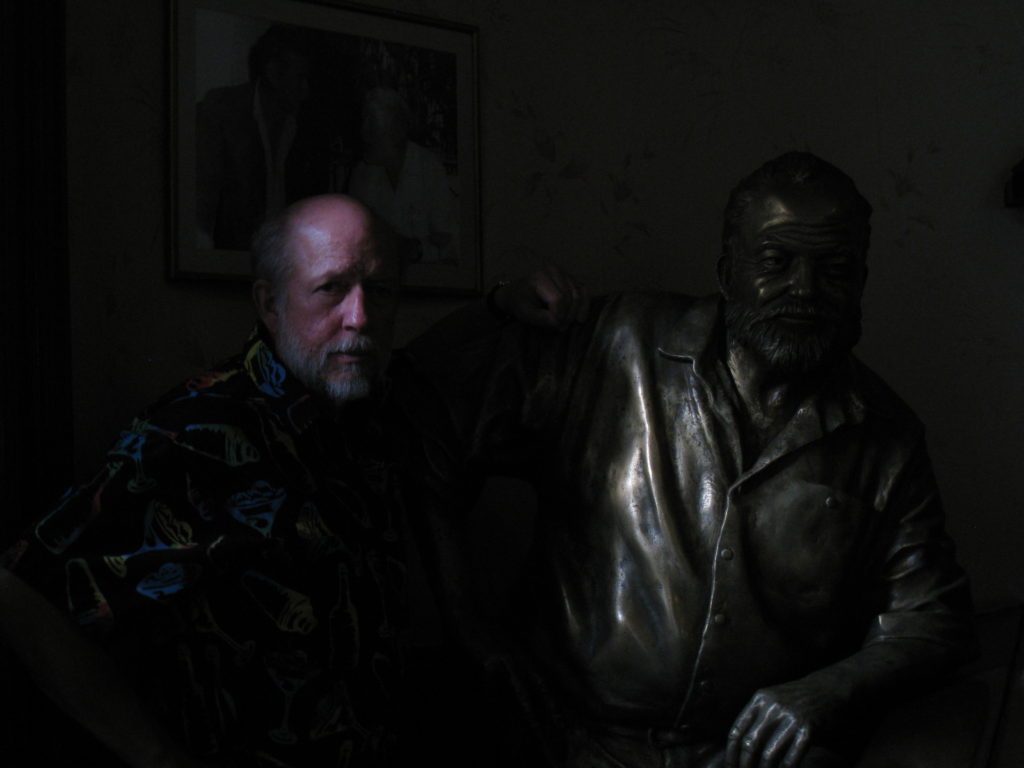
At the Floridita Bar in Havana. Paying homage.
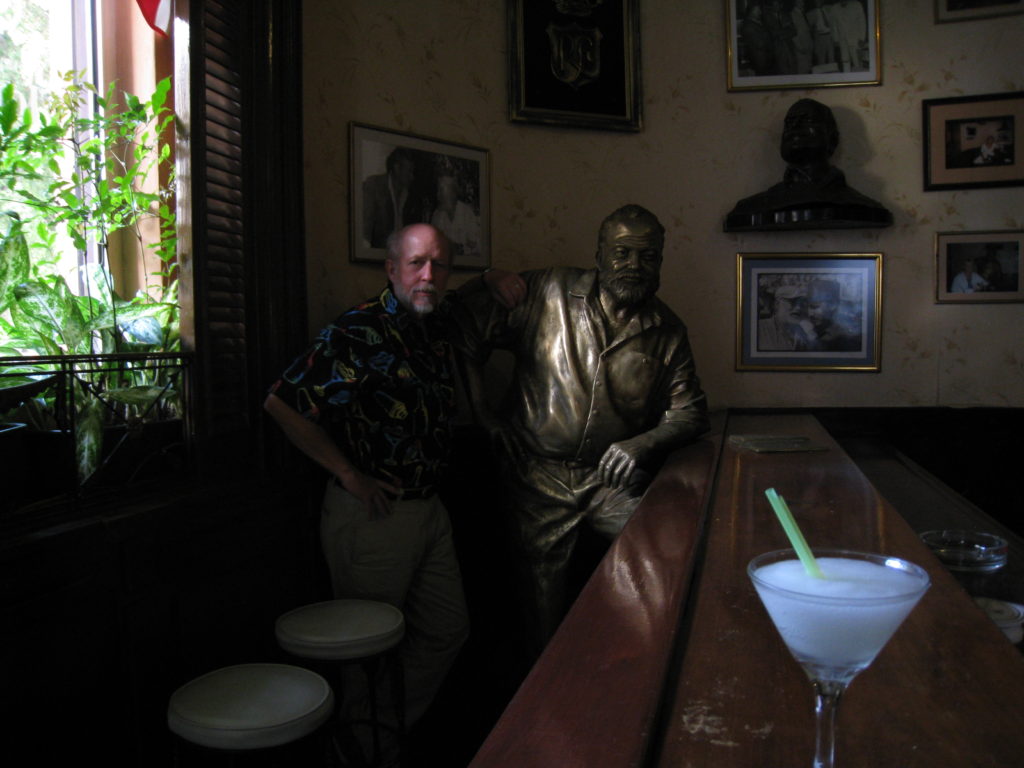

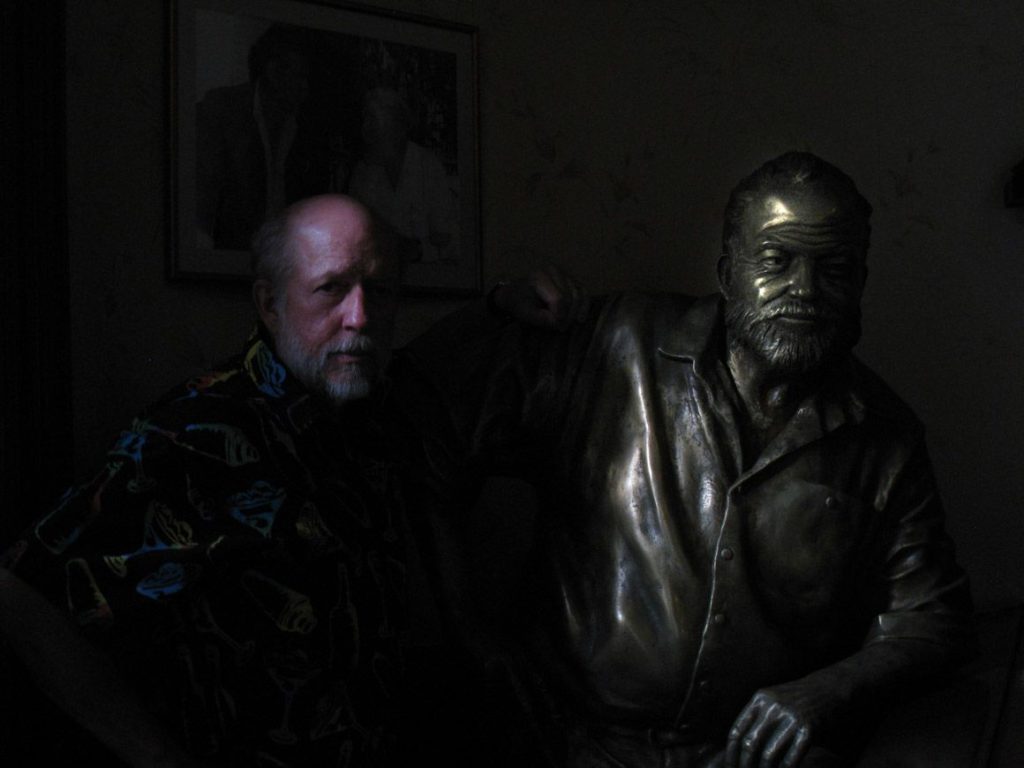
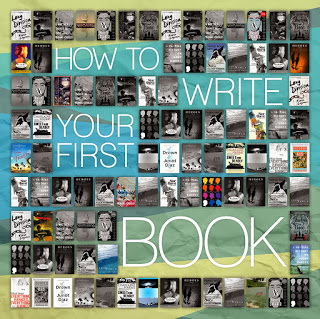
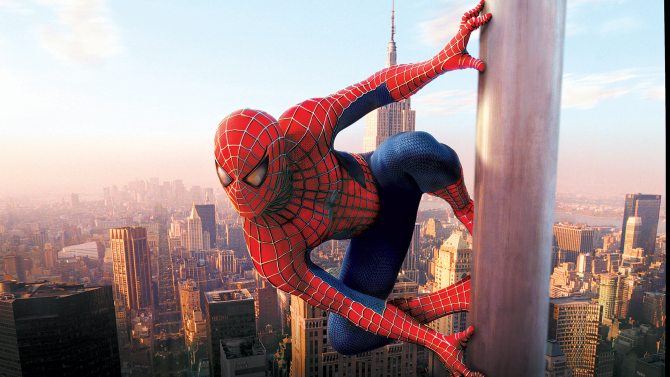
I still have a preternatural fear of adverbs and adjectives, after too many craft classes perhaps. But the tendency to keep language lean is not a bad one 🙂 albeit I like me a little poetic flourish from time to time.
I like the references to writers who were influenced by E H. I am currently distracting myself with some crime fiction, and reading Robert B Parker. There’s a tightness and ease to his story telling that reminds me of H.
I have never been a Hemingway fan. I suspect I might go back and reread.
That’s an enlightening discussion of the difference between an artist as a person and a person as an artist. It’s hard to appreciate in any art, but especially in writing, where the medium itself — the narrative voice — is an invention, recreated in every piece. Then additionally elusive when the narrator is often more real than the public persona. Few of my students could grasp that.
I would love to take your class.